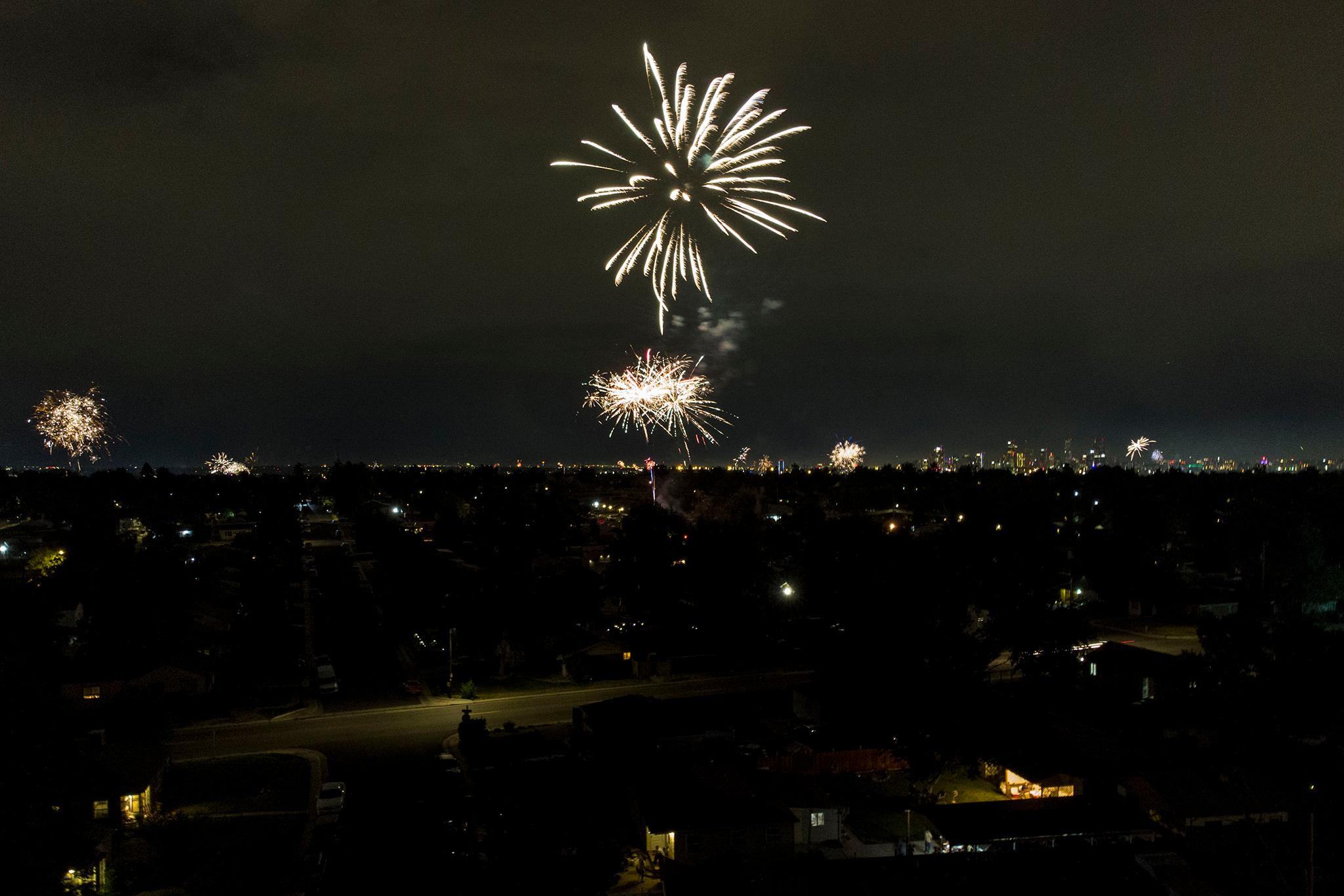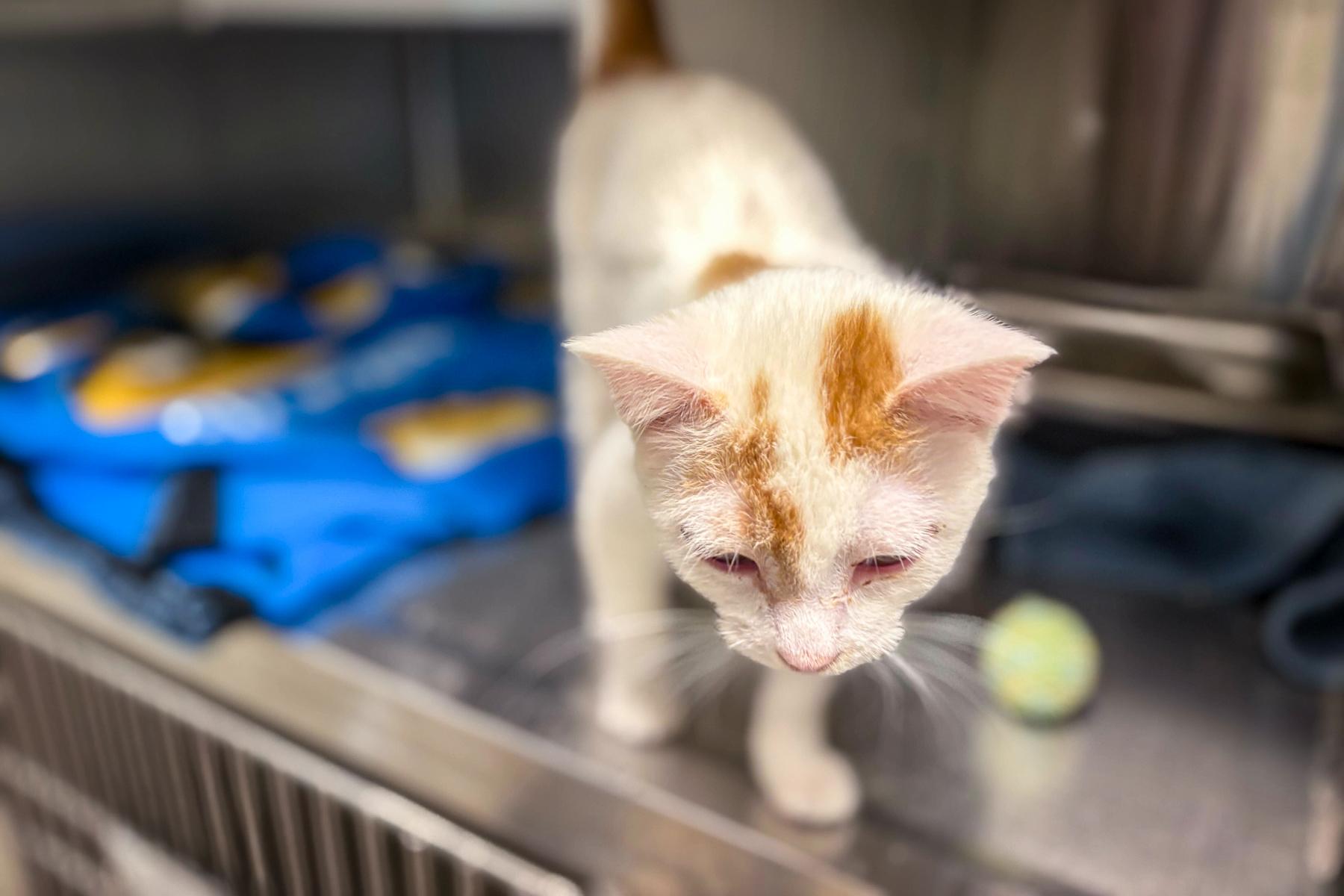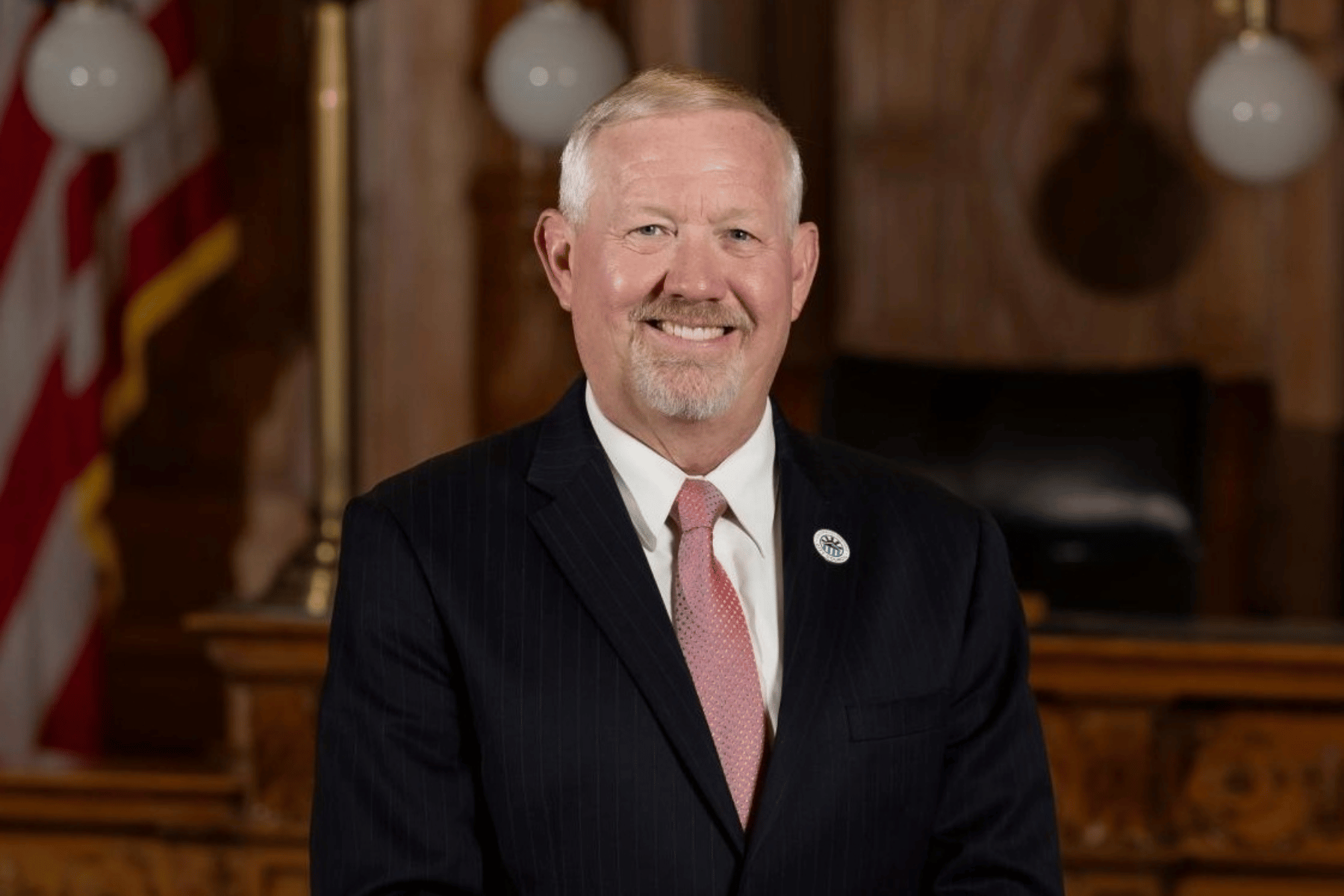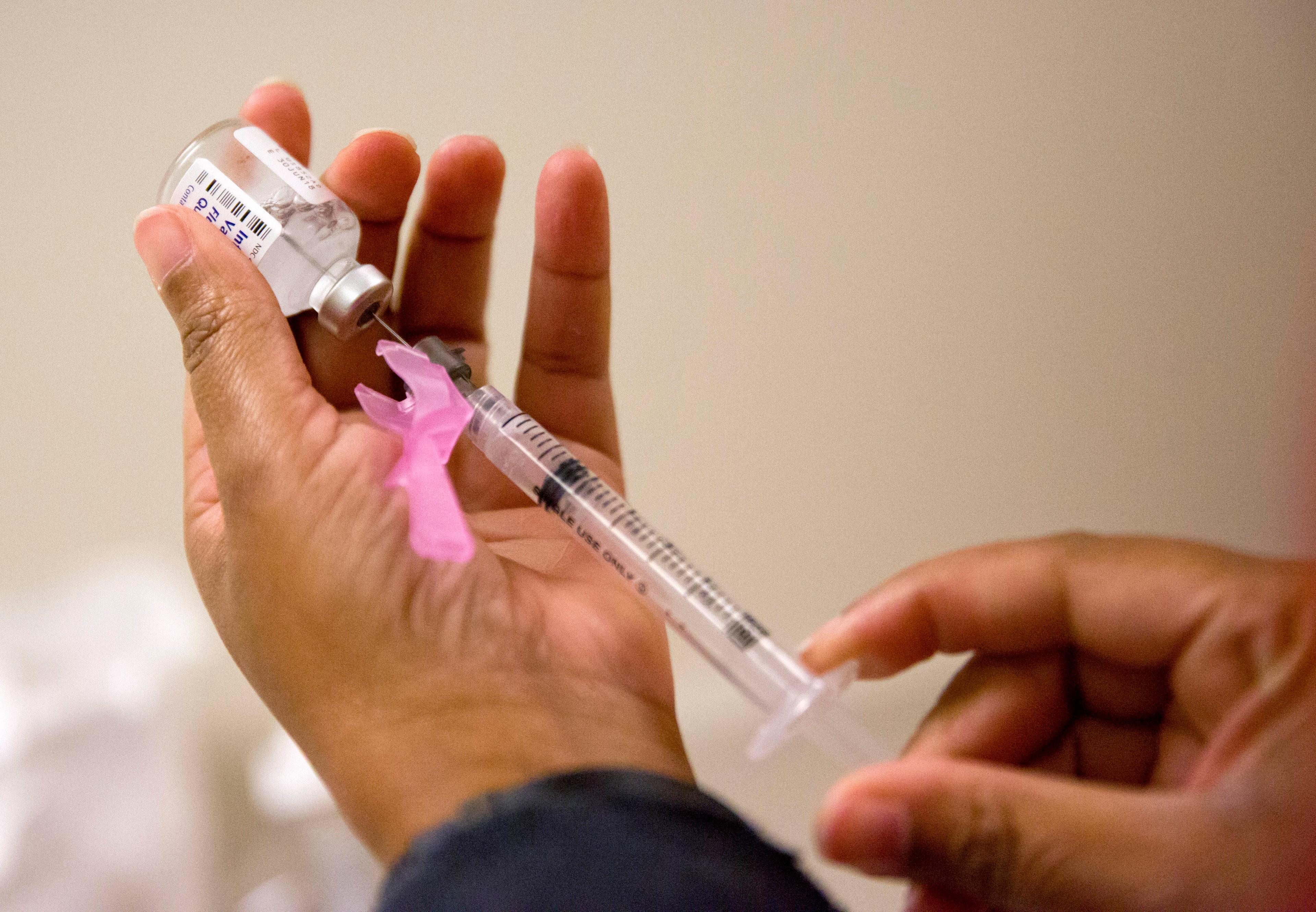
It's been two years since President Donald Trump sent shock waves through refugee resettlement programs when, in the first days of his presidency, he passed an executive order that came to be dubbed "The Travel Ban" or "The Muslim Ban."
The order has been stopped in court and revised many times over since, but in June 2018 the U.S. Supreme Court held up the third version as constitutional, and some parts of the ban have gone into effect.
As Democrats in Congress try to stop the executive order through legislation, the country and Colorado are both feeling the changes.
"There was an immediate impact and a lasting impact," said Kit Taintor, Colorado's refugee coordinator.
The ban coincided with global refugee needs hitting an all-time high, Taintor said. In 2016, Colorado had close to 2,000 refugees arrive. Last year, the state resettled less than 800.
That decline matches up with refugee resettlement numbers nationally. The federal fiscal year before the ban went into effect, the U.S. accepted around 110,000 refugees. This past fiscal year, it was 30,000.
That drop in incoming refugees affected associated programs. Sharon McCreary, the volunteer coordinator for the Refugee ESL Program at Emily Griffith Technical College, saw fewer students.
"Two years ago, our average refugee student enrollment was about 300 students and now we’re at about 175. So we’re definitely feeling a change," McCreary said.
The initial 120-day ban on refugees entering the country may have been temporary, but it had permanent impacts, Taintor said. Refugees on the very last step would have to repeat the entire process.
"The pause permanently impacted cases," Taintor said.
The make-up of refugees has also shifted. Before the ban, Colorado saw a number of Somali and Syrian refugees. But last fiscal year, there were only a few. And this so far this fiscal year, there were none, Taintor said.
Now Colorado sees more refugees from the Democratic Republic of the Congo and Ukraine.
"I think that it is telling that there are countries like Syria that we know that are producing a large number of refugees, and we’re not seeing them being able to be resettled into safety and sanctuary in the United States and particularly in Colorado," Taintor said.
McCreary said around the 2016 election, Coloradans were ready to help refugees despite hateful rhetoric around them coming to the U.S. But that momentum hasn't kept up.
“I went from typically having, I don’t know, two or three volunteer applications hit my desk in a week to having dozens. So that two years ago at this time instead of having 20 volunteer applications, I had over 150 and they just kept coming," McCreary said. "But where have all the volunteers gone?”
The waiting list of refugees needing English tutors keeps growing because she doesn't have enough help now, McCreary said.
Taintor said volunteers often have good intentions, but can't commit the time. She said organizations have created a website to help streamline volunteer interest and contribution.
"I think if there’s a silver lining to all the changes that happened over the last couple years, it’s been an increase in investment from our Colorado communities in the refugee program," Taintor said.









